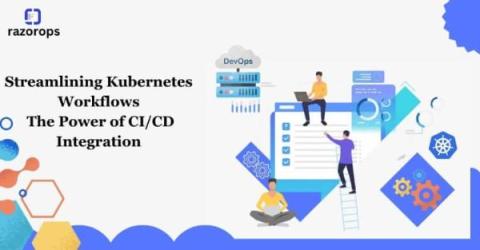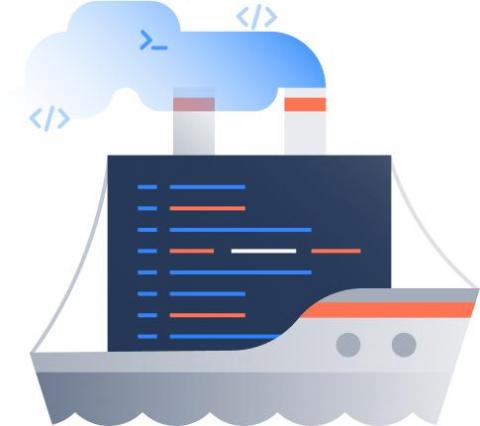Operations | Monitoring | ITSM | DevOps | Cloud
Latest News
Helm deployments to a Kubernetes cluster with CI/CD
Containers and microservices have revolutionized the way applications are deployed on the cloud. Since its launch in 2014, Kubernetes has become a de-facto standard as a container orchestration tool. Helm is a package manager for Kubernetes that makes it easy to install and manage applications on your Kubernetes cluster. One of the benefits of using Helm is that it allows you to package all of the components required to run an application into a single, versioned artifact called a Helm chart.
Streamlining Kubernetes Workflows The Power of CI/CD Integration
In the ever-evolving landscape of software development, where agility and reliability are paramount, Kubernetes has emerged as a game-changer with its container orchestration capabilities. However, as applications become more complex and distributed, managing Kubernetes workflows presents a unique set of challenges.
Why you need an artifact management platform for best-in-class software delivery
Discover the pivotal role of artifact management platforms in software delivery. Learn how Cloudsmith streamlines storage, boosts security, scales effortlessly, and more. Elevate your software delivery with indispensable tools and insights. The tools and strategies you employ in software delivery can make all the difference when distributing and managing software. As the intricacies of software projects amplify, the call for streamlined, secure, and adaptable solutions becomes undeniable.
Progressive delivery on Kubernetes with CircleCI and Argo Rollouts
Containers and microservices have revolutionized the way applications are deployed on the cloud. Since its launch in 2014, Kubernetes has become a de-facto standard as a container orchestration tool. With traditional approaches of deploying applications in production, developers often release updates or new features all at once, which can lead to issues if there are bugs or other issues that weren’t caught during testing.
Continuous Deployment vs. Delivery | Differences Explained
Feature flags for stress-free continuous deployment
Feature flags (also known as feature toggles or switches) are conditional statements in code that determine whether a feature or functionality is visible and accessible to users of an application or service. They offer programmers a powerful tool for managing feature releases. Their capabilities are indispensable in software development, where agility and continuous, automated delivery are paramount.
[New Premium feature] Share pipeline workflow configurations across your repositories
Best Practices and Potential Loopholes for Successful Microservices Architecture
Microservices architecture is a software development approach where an application is built as a collection of small, loosely coupled, independently deployable services. Each service focuses on a specific business capability and operates as an autonomous unit, communicating with other services through well-defined APIs. This architectural style is often used in the context of DevOps to create more efficient, scalable, and manageable systems.
Managing Users and User Groups: A Guide to OKTA and Cloudsmith Integration
Explore Cloudsmith’s powerful OKTA integration for user and user group management. Dive into the benefits, security considerations, and best practices to optimize user access, streamline workflows, and bolster security in your software operations. User management is the backbone of secure and efficient software operations. As businesses grow and evolve, the tools they use must keep pace. Enter OKTA and Cloudsmith.











